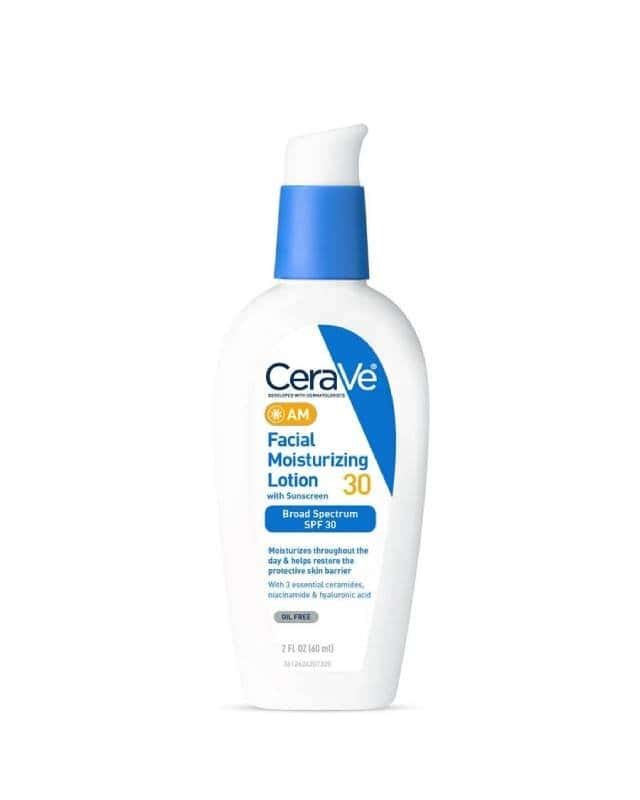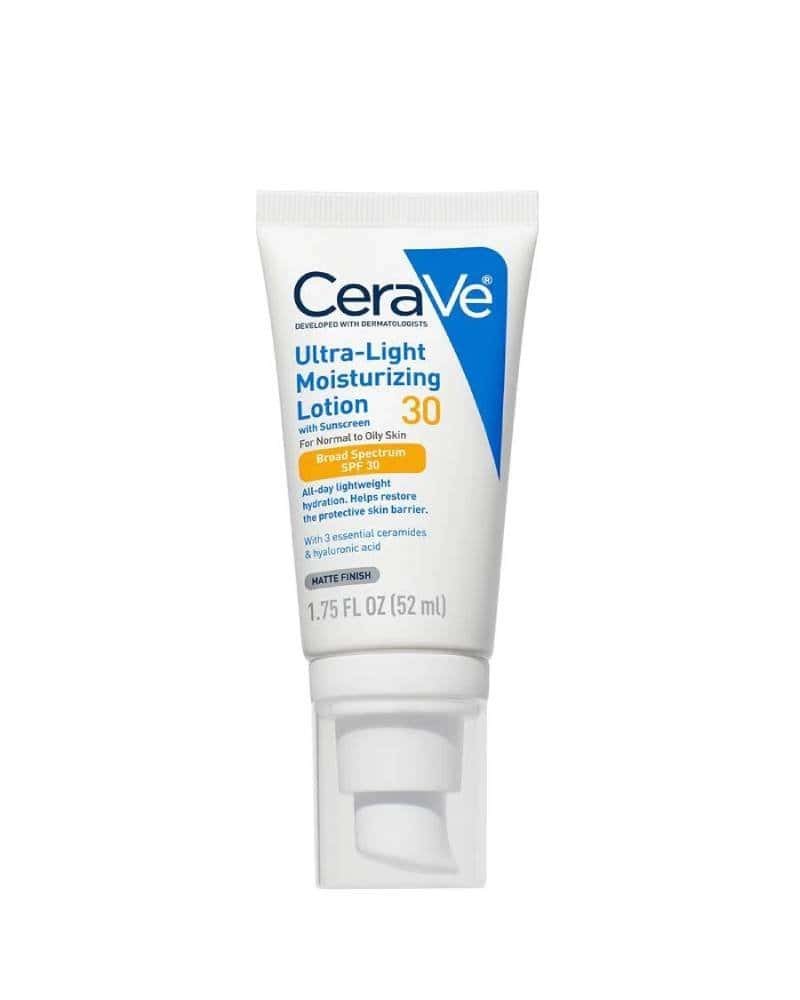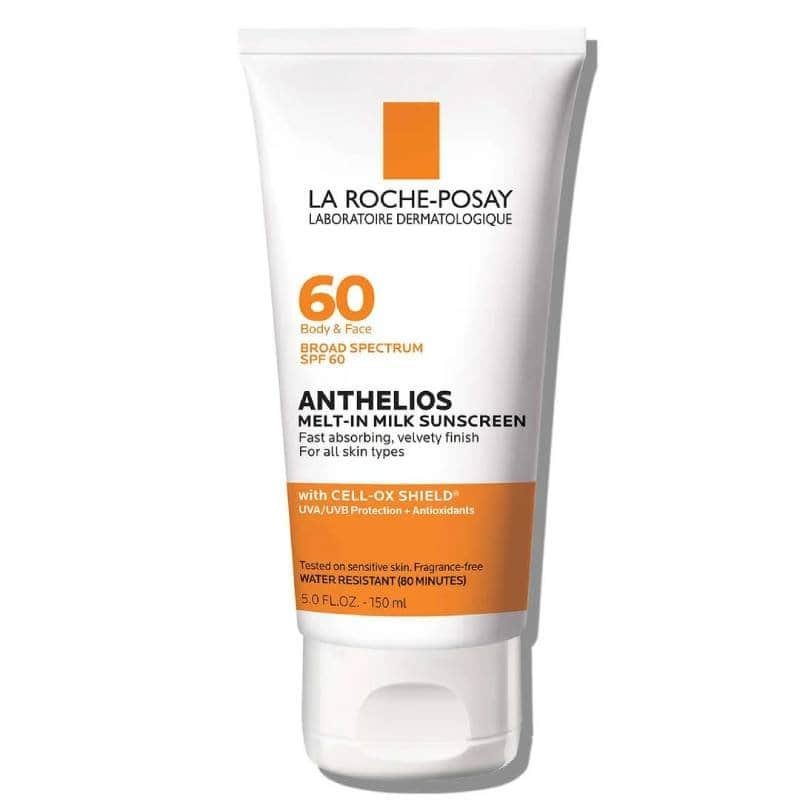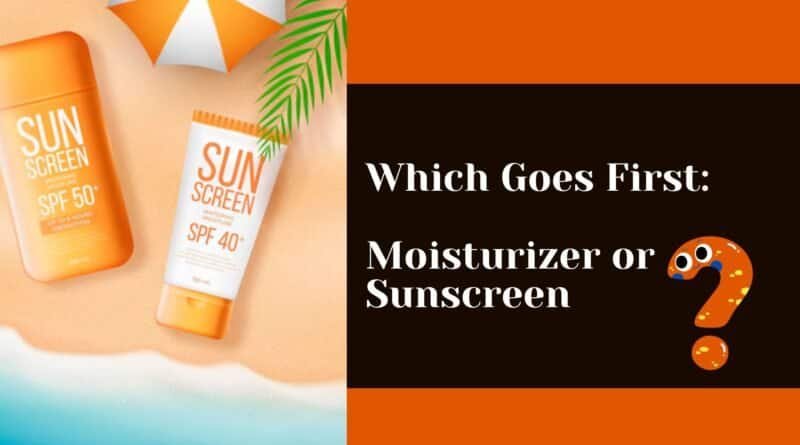Which goes first moisturizer or sunscreen?
Whether you’re new to skincare or already follow a daily routine, one common question often stirs confusion: Should I put sunscreen or moisturizer on first? If you’ve been wondering “What goes first: moisturizer or sunscreen?” or “Does sunscreen go on before or after moisturizer?”—you’re not alone. Even dermatologists have differing opinions based on skin type, product formulation, and sun protection needs. But don’t worry, in this guide we’ll clear things up in simple, easy-to-follow language for your daily routine.
Understanding the Basics: Moisturizer vs. Sunscreen
Before choosing which to apply first, it’s important to understand what each product does. Moisturizer hydrates your skin, while sunscreen protects it from harmful UV rays.
What’s the Purpose of Moisturizer?
Moisturizers help keep your skin hydrated, soft, and healthy. They lock in moisture and create a barrier that prevents water loss. Whether you have dry, oily, or combination skin, using a good moisturizer is essential to maintain skin balance. Regular use can also improve skin texture, soothe irritation, and enhance the effectiveness of other skincare products. A well-moisturized face is better prepared to handle sun exposure, makeup, and environmental stressors.
Why Is Sunscreen So Important?
Sunscreen protects your skin from harmful UV rays, which can cause sunburn, premature aging, and even skin cancer. Using SPF 30 or higher every day can help protect your skin, even on cloudy days. Many people skip sunscreen thinking it’s only needed in summer, but UV damage can happen year-round. This mistake often leads to dark spots, fine lines, and uneven skin tone over time.
Do You Really Need Both Moisturizer and Sunscreen?
Yes, absolutely! They serve different purposes:
- Moisturizer = Hydration
- Sunscreen = Sun protection
Combining both ensures your skin stays healthy and protected throughout the day. Skipping moisturizer can lead to dryness and irritation, while skipping sunscreen leaves your skin vulnerable to UV damage. Using them together supports your skin barrier and defends against long-term issues like hyperpigmentation and early aging.
What’s the Difference Between Moisturizer and Sunscreen?
| Feature | Moisturizer | Sunscreen |
| Main Function | Hydrates and nourishes the skin | Protects skin from harmful UV rays |
| Key Ingredients | Humectants (like hyaluronic acid), emollients, occlusives | UV filters (like zinc oxide, avobenzone, or oxybenzone) |
| Skin Benefit | Prevents dryness, strengthens skin barrier | Prevents sunburn, aging, and skin cancer |
| When to Use | Daily, morning and night (based on skin needs) | Daily in the morning and every 2 hours when outdoors |
| Can It Replace the Other? | No — it doesn’t provide adequate sun protection | No — it doesn’t hydrate or nourish the skin |
| SPF Presence | Some include SPF, but often not enough for full protection | Always labeled with SPF value (e.g., SPF 30 or 50) |
Using both products together helps maintain skin routine and full sun protection throughout the day.
The Correct Order: Moisturizer First or Sunscreen First?
The order in which you apply moisturizer and sunscreen can affect how well each product works. Let’s break down the correct steps based on the type of sunscreen you use and your skincare needs.
Should You Apply Sunscreen or Moisturizer First?
Here’s the rule: It depends on the type of sunscreen you use.
Chemical sunscreens absorb into the skin to neutralize UV rays, so they need to be applied directly onto clean skin to work effectively—meaning sunscreen first, then moisturizer.
Physical sunscreens, which sit on the skin’s surface and reflect UV rays, should be applied last, after moisturizer has fully absorbed.
Following this order helps maximize sun protection while keeping your skin hydrated and comfortable throughout the day.
Why the Order of Application Matters?
Chemical sunscreens absorb into the skin to protect from UV rays. Applying moisturizer before a chemical sunscreen can block absorption, reducing effectiveness.
On the other hand, physical sunscreens (which contain zinc oxide or titanium dioxide) sit on top of the skin to reflect UV rays. In this case, apply moisturizer first, then sunscreen.
How Long Should You Wait Between Layers?
Wait about 2-5 minutes between applying moisturizer and sunscreen. This helps each product absorb properly and prevents pilling (when products clump or roll off). Giving products time to settle ensures they work effectively without interfering with each other, keeping your skin smooth and protected.
Sunscreen Before or After Serum?
Always apply serums first, then moisturizer, then sunscreen. Serums are lightweight and should go directly onto clean skin. Applying sunscreen last creates a protective barrier that seals in all the previous products and shields your skin from harmful UV rays.
Eye Cream Before or After Sunscreen?
Use eye cream before sunscreen, just like a serum. Dab it gently under your eyes, wait a minute, then apply sunscreen. This helps the delicate skin around your eyes absorb the eye cream’s benefits while sunscreen protects that sensitive area from sun damage.
Makeup & SPF: What You Need to Know?
Protecting your skin from harmful UV rays is essential, and choosing makeup products with SPF can help shield your face daily. Understanding how to layer sunscreen and makeup properly ensures both effective sun protection and a flawless finish.
Should I Apply Sunscreen or Moisturizer First Before Makeup?
This is a popular search: Sunscreen or moisturizer first before makeup? Follow your basic routine:
- Cleanser
- Serum
- Moisturizer
- Sunscreen (if chemical)
- Makeup
Let sunscreen absorb completely before applying primer or foundation. This helps to ensure maximum sun protection and prevents your makeup from slipping or patchiness. Remember, applying sunscreen last in your skincare routine creates a protective barrier on your skin.
How to Reapply Sunscreen Over Makeup
Use a sunscreen mist or powder during the day. These don’t mess up your makeup and still provide sun protection. Reapplying every two hours is key, especially if you’re outdoors or sweating.
Can I Use Makeup with SPF Instead of Sunscreen Lotion?
No. SPF makeup isn’t enough. Most people don’t apply enough product to get full protection. Always use a proper sunscreen first, then your makeup. This way, you ensure your skin stays protected even on cloudy days.
Mixing or Layering: What Works Best?
Layering sunscreen and makeup products is generally more effective than mixing them, as it ensures each product performs its specific role properly. Applying products in the right order helps maintain both sun protection and makeup longevity.
Can You Mix Sunscreen with Moisturizer?
Mixing is not recommended. Doing so can weaken the effectiveness of the sunscreen. It’s better to layer: apply one product at a time. This helps ensure you get the full benefits of both skincare steps.
Is Combining Products Effective or Risky?
Combining (like using a moisturizer with SPF) is okay if you’re in a hurry. But for the best sun protection, use separate products and apply them properly. Remember, the amount of product applied matters more than convenience when it comes to protection.
Timing and Technique Tips
Always give each product a few minutes to absorb before applying the next to maximize effectiveness and prevent pilling.
How Long Should You Wait to Apply Sunscreen After Moisturizer?
Wait 2-5 minutes for your moisturizer to absorb before applying sunscreen. This allows each product to work well without interference.
Tips for Choosing (and Using) Sunscreen and Moisturizer
- Look for SPF 30 or higher
- Choose based on your skin type (oily, dry, combo)
- Use a lightweight moisturizer if layering with sunscreen
- Apply sunscreen generously over face, ears, and neck
Discover More Tips & Tricks
- Reapply sunscreen every 2 hours if you’re outdoors
- Don’t forget the back of your neck and hands
- Even on cloudy days, UV rays can reach your skin
How to Create a Personalized Skin Care Routine
- Cleanser > Serum > Moisturizer > Sunscreen > Makeup (optional)
- Know your skin type and choose products accordingly
Types of Sunscreen Explained
It’s important to choose a sunscreen based on your skin type and activity to ensure effective and comfortable protection.
Chemical vs. Physical Sunscreen
- Chemical sunscreens absorb into your skin and block UV rays by converting them into heat (apply first).
- Physical sunscreens sit on top of your skin and reflect UV rays (apply after moisturizer).
- Hybrid sunscreens do both. Treat them like chemical sunscreens – apply them first.
Tinted vs. Untinted Sunscreen
Tinted sunscreens provide a natural look and can replace foundation, but you still need to apply enough for full protection. They also help protect against visible light, which can worsen pigmentation.
How Does Sunscreen Work to Protect Skin?
Chemical filters absorb UV rays, while physical filters reflect them. Choosing a broad-spectrum sunscreen protects you from both UVA and UVB rays.
Why You Need to Wear Sunscreen Every Day
Even if you’re indoors, UV rays can penetrate windows. Consistent use prevents sun damage that builds up over time, keeping your skin healthier for longer.
Choose the products as per your skin type:
Here are the top 3 recommended sunscreen and moisturizer products tailored to different skin types:
CeraVe AM Facial Moisturizing Lotion SPF 30

CeraVe AM Facial Moisturizing Lotion SPF 30 it is excellent all-rounder moisturizer with broad-spectrum SPF 30 protection. It’s perfect for normal to dry skin types because it provides hydration while strengthening the skin’s barrier with essential ceramides and hyaluronic acid.
CeraVe Ultra-Light Moisturizing Lotion SPF 30

CeraVe Ultra-Light Moisturizing Lotion SPF 30 it is an Ideal for oily or combination skin, this lightweight formula offers effective sun protection without clogging pores or leaving a greasy feel. It absorbs quickly and helps control shine throughout the day.
La Roche-Posay Anthelios Melt-in Milk SPF 60

La Roche-Posay Anthelios Melt-in Milk SPF 60 it is Best suited for sensitive or sun-sensitive skin, this high-protection sunscreen delivers broad-spectrum defense with a gentle, non-irritating formula. It’s hydrating but non-comedogenic, making it great for daily use on all skin types, especially those prone to redness or irritation.
Choosing the right product based on your skin type ensures both comfort and effective sun protection. But , you can look more searches as per your skin type.
FAQs
Can I Skip Moisturizer if My Sunscreen is Hydrating?
If your sunscreen is moisturizing, you can skip moisturizer. But those with dry skin may still benefit from using both.
Is SPF Makeup Enough for Sun Protection?
No. You’d need to apply a thick layer to get the SPF listed. Always use sunscreen first, then makeup.
Does Sunscreen Work Under Makeup?
Yes! Just make sure to let your sunscreen absorb fully before applying makeup.
What if I Have Oily or Acne-Prone Skin?
Look for oil-free or non-comedogenic sunscreens and lightweight moisturizers. Gel-based formulas are great options.
Sunscreen or Primer First?
Sunscreen goes before primer. Sunscreen should always be the last skincare step before makeup.
Sum Up
So, moisturizer first or sunscreen first? It depends on what kind of sunscreen you use. For chemical sunscreens, apply them before moisturizer. For physical sunscreens, apply them after moisturizer.
Remember, whether it’s “Do you put sunscreen or moisturizer on first” or “When to apply sunscreen before or after moisturizer”, your skin type and the product formula matter most. Apply your products properly, choose wisely, and never skip sunscreen!




Pingback: Why Is My Face Oily? Oily Skin Causes & Care Guide
Pingback: Acne Scars: Causes, Treatments & Skincare That Works
Pingback: Men's Skincare Routine: What Are the Best Simple Tips?
Pingback: Best Daily Skincare Routine to Remove Tan with Dove
Pingback: 8 best Secrets to a Clean Simple Skincare Routine